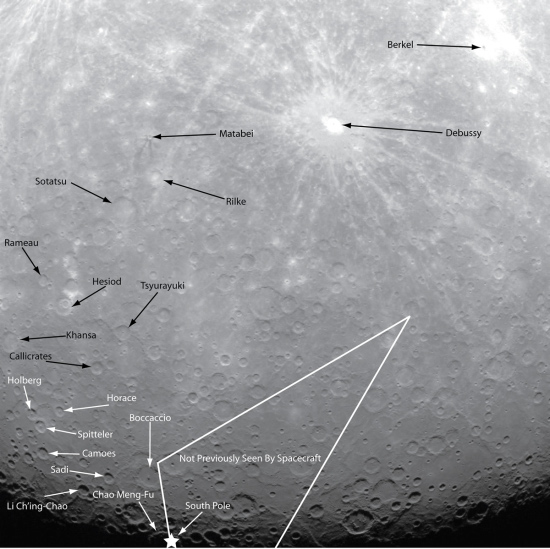Two beheaded and eight others murdered in protest against Koran burning
The religion of peace: Two beheaded and eight others murdered in Afghanistan today in protest against Koran burning.
Burning the Koran might have been a poor idea, but such an act doesn’t justify murder.
Then there’s this: Penn State students assaulted for putting up a display outlining what they considered Palestinian lies.
Once again, the only answer Islam can give to criticism is violence.
The religion of peace: Two beheaded and eight others murdered in Afghanistan today in protest against Koran burning.
Burning the Koran might have been a poor idea, but such an act doesn’t justify murder.
Then there’s this: Penn State students assaulted for putting up a display outlining what they considered Palestinian lies.
Once again, the only answer Islam can give to criticism is violence.




